Project objectives
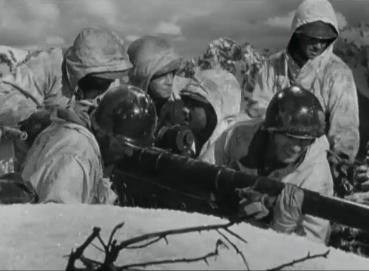 2.Weltkrieg |
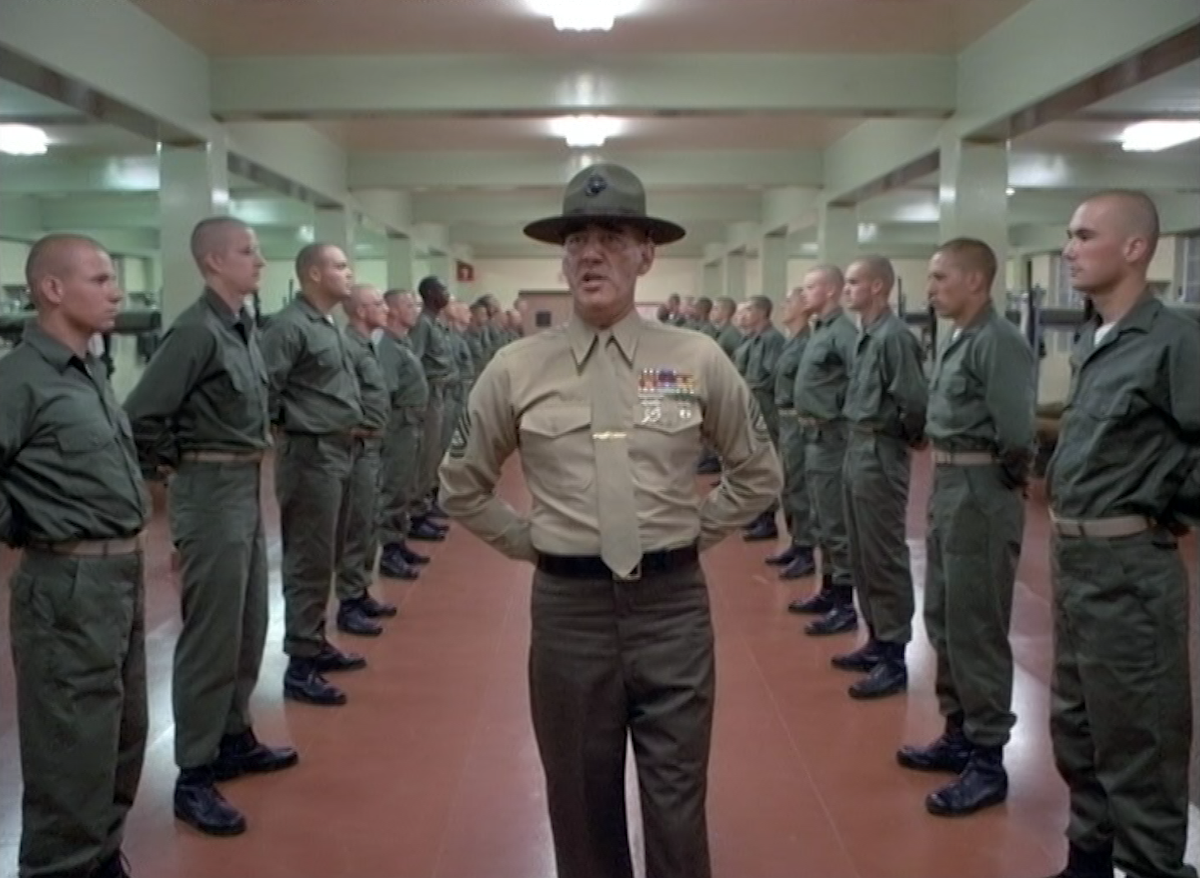 Vietnam |
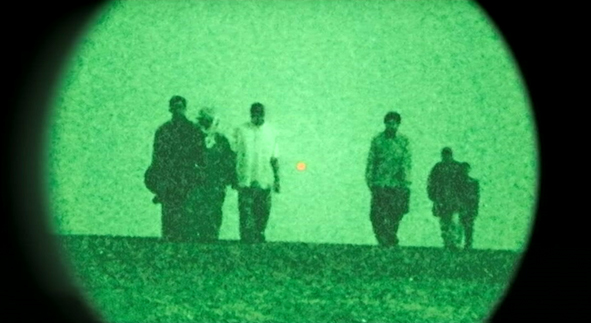 Irak |
One nation, three wars, many media stages: Can the poetics of affect of American war films be conceptualized—with regard to political and historical contexts and the history of the genre—as a strategy for mobilizing feelings of community?
In this project we systematically conduct comparative analyses of different audiovisiual representations in the arts, entertainmanet industry and news media. We are concerned with the question of how the fundamental structure of emotionalization can be compared across different media and media concepts. Therefore we are developing a poetics of affect of the Hollywood war film. Using this genre as an example, we are able to analyze and show strategies of emotional mobilization through the staging of audiovisual images. Furthermore, identifying these fundamental patterns enables us to determine their interaction with other media.
The central questions of the project are
What role do the directorial strategies and aesthetic modes of representation in genre cinema play for the information media?
What function is granted to the mutual relationship between war films and war reporting in audio-visual media?
The project uses film-analytical comparative studies and its objectives are:
a.) developing a poetics of affect for the Hollywood war film, which will allow us to describe it as a genre within the dynamics of its historical changes
b.) to verify the degree to which this interaction of war film genre and audio-visual war reporting can be taken as a pan-medial staging of an "image of war."
c.) to clarify theoretically how, in the modes of aesthetic experience that are associated with the image of war, the spectators are related in their own sense of self to a sense of community
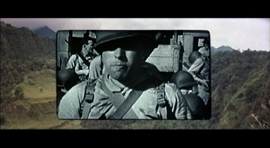 |
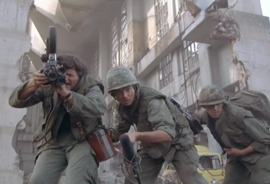 |
|
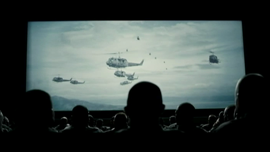 |
Screenshots from three war films that explicitly refer to the circulation of images
|
To this end, three comparative film analytical studies shall investigate and provide a theoretical evaluation of manners of staging and of aesthetic strategies for the mobilization of affect in audiovisual representations of war:
| The classical war film refers explicitly to newsreel footage—shown in the same movie theaters—while newsreels and World War II documentary reports operate using the patterns of genre cinema’s dramaturgy of affect. The manner of staging, and with it the connection to building a sense of community through media, changes in light of the fact that the Vietnam War is shown first on TV and, in the main, only after the war in movie theaters. The audiovisual strategies of contemporary war films on the conflicts in Iraq and Afghanistan also interact with the dramaturgy of affect of classical genre films on the one hand and with the aesthetics of television images and the innumerable videos that can be found on the internet on the other hand. |
World War II
|
Poetic of affect and genre system
Our first step was to find out whether the war film genre poetics of affect can be grasped and described as a consistent pattern of emotional scripts and mobilization strategies. In intensive screenings, many discussions and a series of trials we developed concepts for defining the elements of such a pattern, allowing us to find those standard moments within the genre which make up these elements.
We chose a corpus of thirty-two exemplary films—from 1942 until today—to represent the genre and its historical development. Based on these films, we then developed the following heuristic theses:
Genre |
1.) The classical war film genre can be described by means of a relatively small number of stereotypical constellations of plot and characters that have a fundamental function as regards aesthetic strategies of emotional mobilization. |
Viewer emotions
|
2.) On the one hand, these standard scenes can be assigned to realms of affect (for example mourning, the desire to fight, fear, wrath, etc.) delineated by plot constellations (death scenes, battle scenes, heroic acts, etc.). On the other hand, they activate these realms of affect by audiovisual figurations of expression (figurations of gesture and facial expression, spatial patterns, sound design, editing, etc.). |
Pathos scenes |
3.) Seen this way, these standard scenes can be understood as fundamental forms of pathos within the war film genre and can be called “pathos scenes.” |
Poetics of affect |
4.) The temporal order of pathos scenes provides the underlying structure for the mobilization of emotions in war films. The historical context can be clearly delineated in the variations on or dissolving of these forms of pathos and dramaturgies of affect. |
Individual pathos scenes not only activate certain realms of affect such as “fear” as a concrete sensory experience of figurations of audiovisual expression. They are also related to the realms of affect that precede and follow them. When we investigate dramaturgies of affect we are interested in whether the viewer first feels invincible and is then scared or, exactly the opposite, whether the viewer learns to overcome fear. In this way the films can be described in their entirety as dynamic temporal orders of changing emotional values. At exactly this point a film’s aim becomes clear – does it mean to arouse enthusiasm for war or caution us and commemorate?
In the comparative analysis of the shapes and varying temporal order of these pathos scenes, it is possible to reconstruct historical changes in the appeal to viewers’ emotions as well as to determine the interactions with news and entertainment media. In this way, the war film genre can be described as a system that straddles different media and continually organizes shared emotional attitudes.
Method
The project works with a standardized method for the analysis of qualities of audiovisual expression – the eMAEX-system.The descriptive analysis of the specific temporality and dimensions of movement of audiovisually staged images is central to this method. Thanks to the standardized descriptive method, its results can also be made accessible to empirical questions of other disciplines such as psychology, linguistics or social sciences. To this end, we developed web-based presentation and description tools. The results of the analyses are integrated into a multimedia database and made accessible.
________________________
Picture credits: 1 - 3: Stills from FIXED BAYONETS, Samuel Fuller, USA 1951; FULL METAL JACKET, Stanley Kubrick, USA 1987; GENERATION KILL, Susanna White & Simon Cellan Jones, GB & USA, 2008




